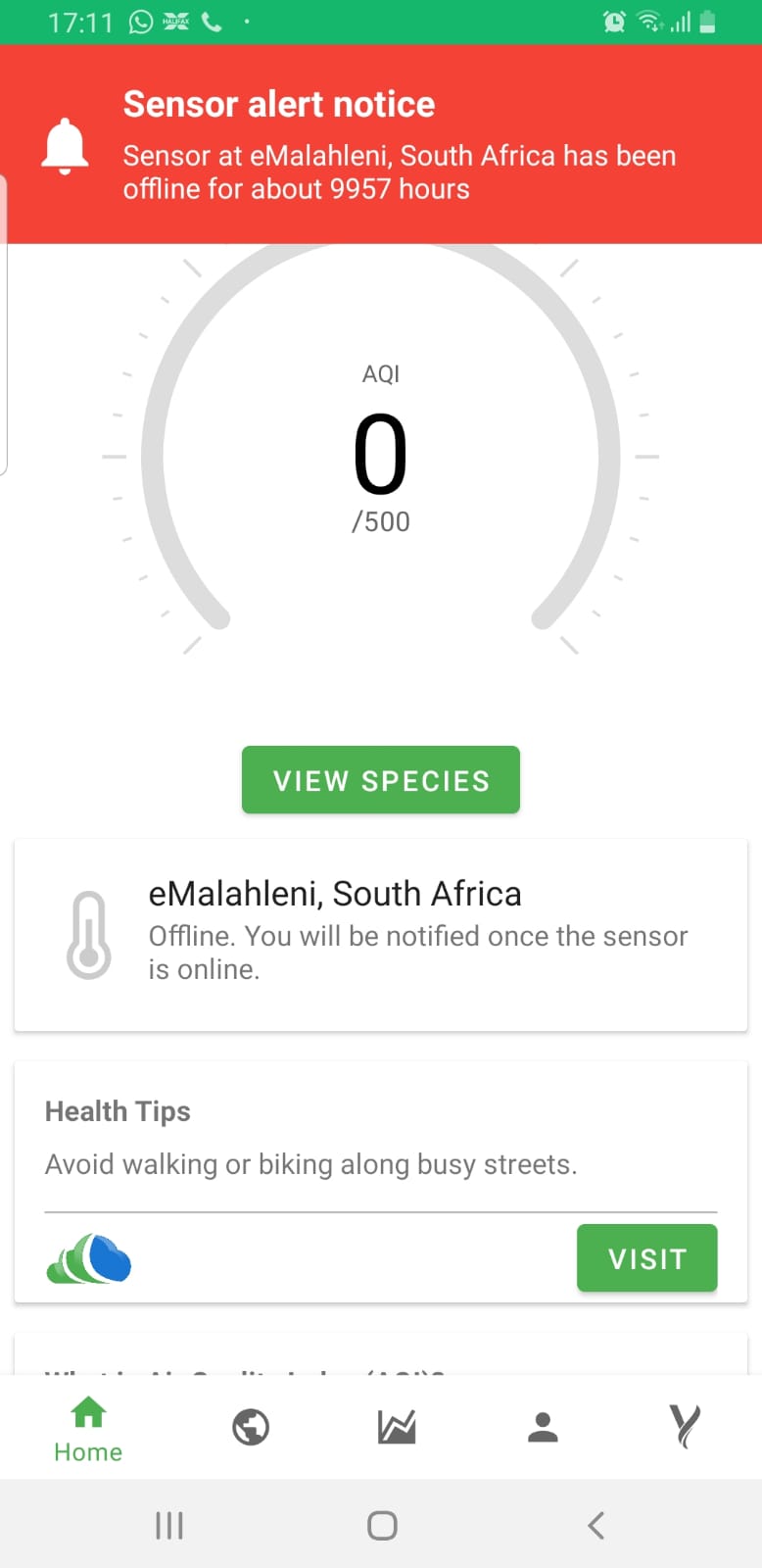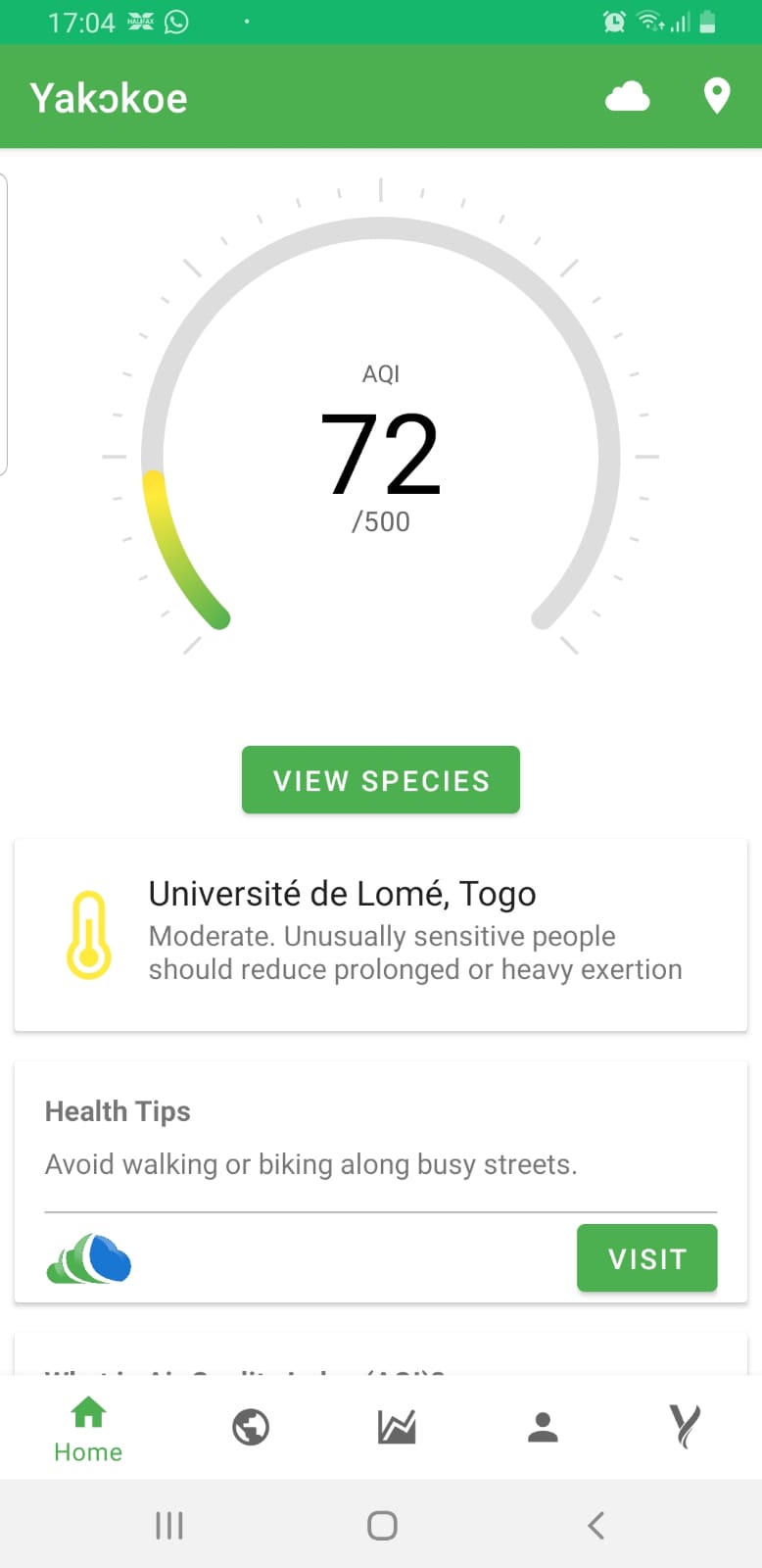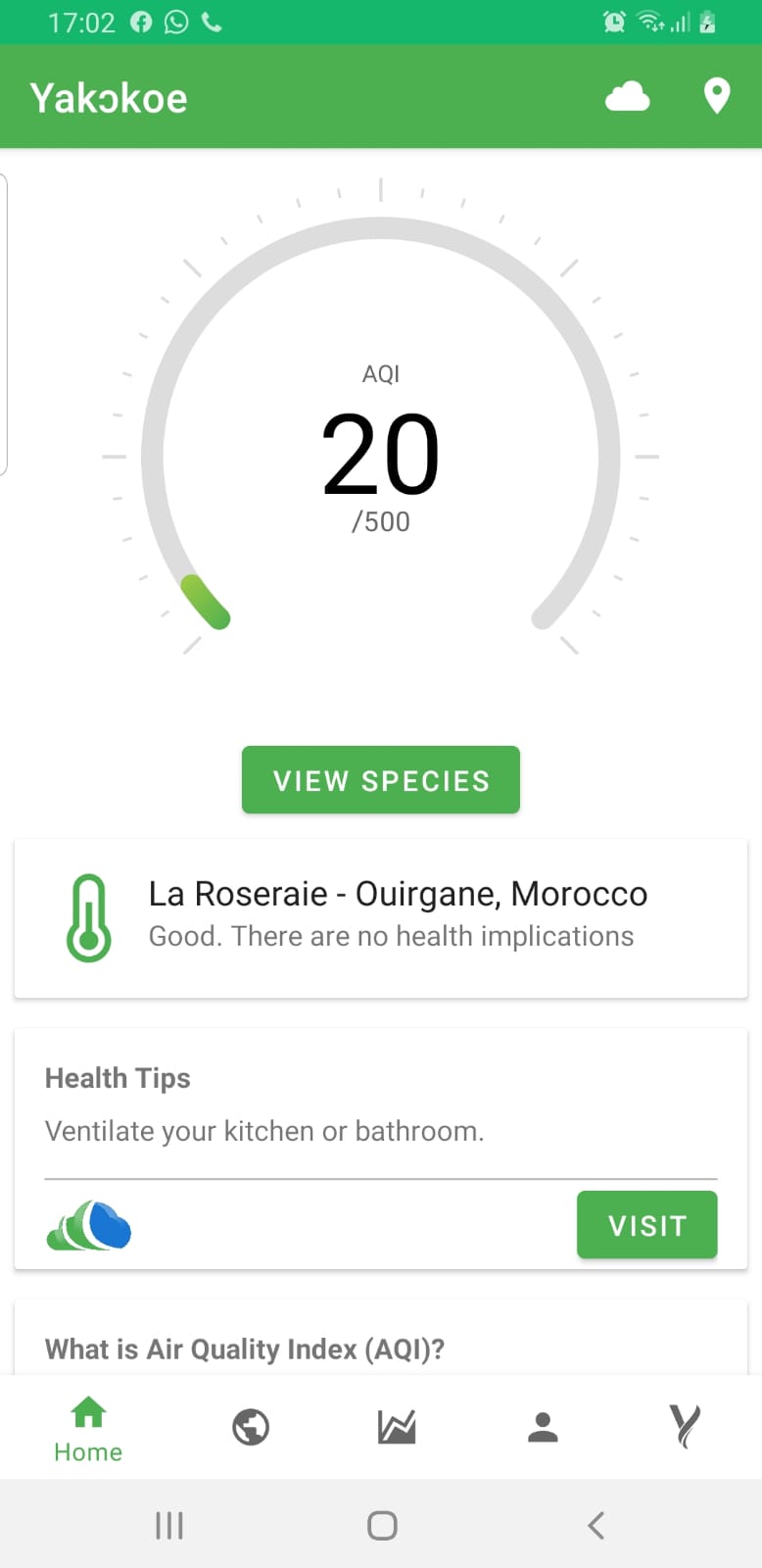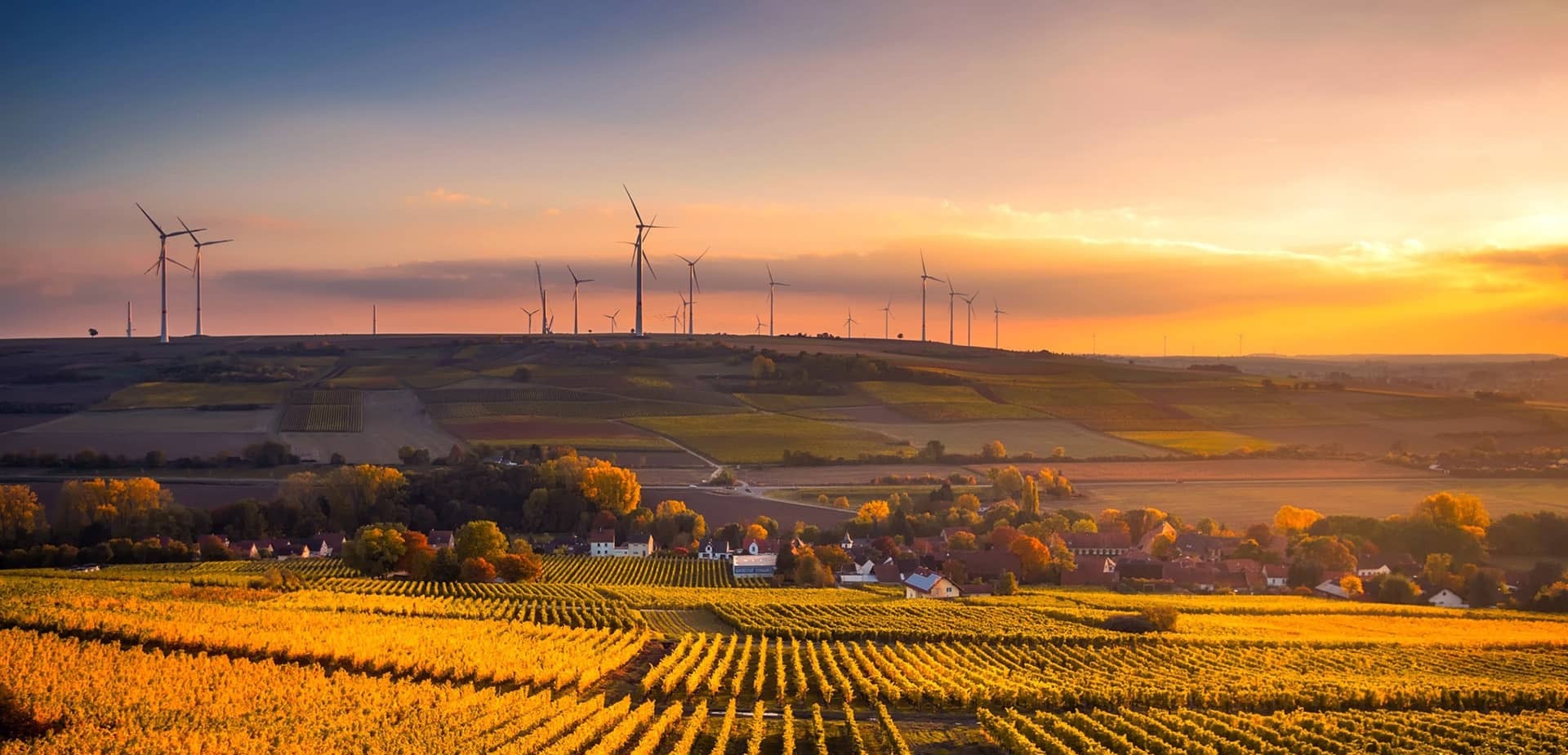Addressing the air pollution challenge in Africa – a cocktail approach
05/03/2021
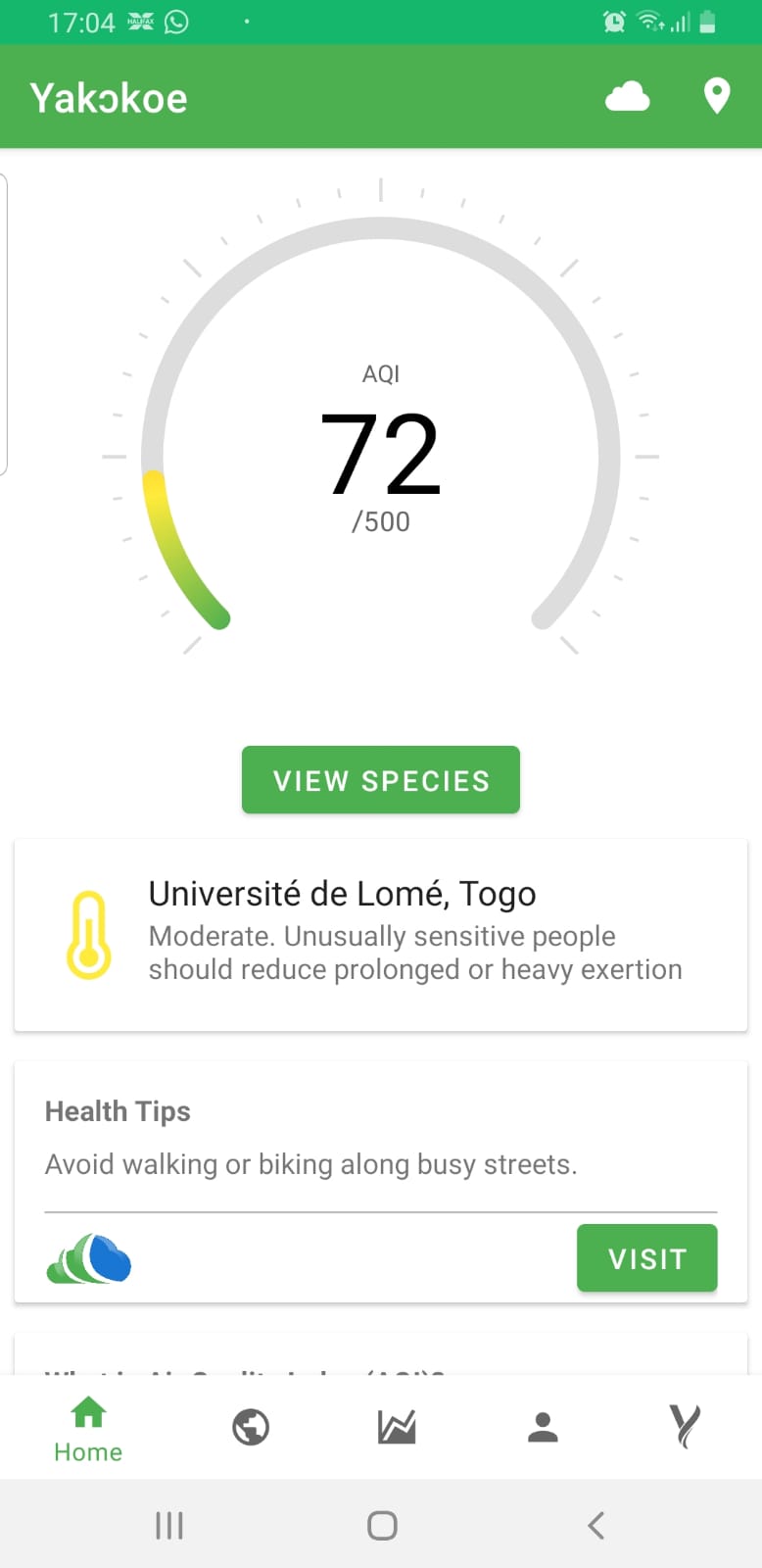
Africa is entangled with synchronising challenges which are but not limited to environmental pollution, poor governance, malnutrition, communicable diseases, limited access to clean water, civil war and poor maintenance culture. For the purposes of this publication, I will limit our scope to environmental pollution specifically air pollution. Current research trends have shown that air quality is worsening in Africa (Hodoli et al., 2020; Subramanian et al., 2020; Katoto et al., 2019; Amegah, 2018) associated with an estimated 780,000 deaths per annum (Bauer et al., 2019). Similar to addressing any challenge, evidence is needed but air quality monitoring in Africa is very limited. Majority of the research work on air pollution in Africa relied on modelled data or estimates (see Bauer et al., 2019). This in part has been associated with the cost involved in procuring and operating reference-grade monitors, poor communication of air quality data limiting public understanding of the degree of damage, non-existent/ limited studies on the economic impacts of air pollution, limited expertise and lack of political will to mention but a few.
The emergence and utility of low-cost environmental sensing tools offers Africa a huge opportunity to firstly bridge the air quality data gap if these tools are properly operated (i.e. by understanding protocols on the use of low cost sensors – LCS; deployment strategies, data reporting and management, power requirement, data mining tools including calibration protocols and life-span to mention but a few). While the use of LCS for air quality monitoring is developed in advanced countries for example the UK and USA (see for example Mead et al., 2013; Kumar et al., 2015; Castell et al., 2017; Baron and Saffell, 2017; Malings et al., 2019), information is now emerging rapidly on their applicability in Africa (de Souza et al., 2017; Pope et al., 2019; Hodoli et al., 2020; Subramanian et al., 2020).
The challenge regarding the use of LCS in Africa is the limited expertise in testing and deploying sensors, analysing data and interpretation of results. As stated earlier, proper operation of LCS involves observing key protocols. Considering the insignificant amount of expertise in Africa, this piece sought to provide an approach useful for tackling air inequality using LCS. The cocktail/ matrix/ network approach suggested in this piece is not to fish for the scanty expertise to build a working network but by identifying passionate, willing and desirous individuals who are willing to commit to combating air inequality/ environmental pollution in Africa via a leadership mechanism. Just as in network marketing, excellent skills in air quality monitoring, data management including reporting, visualisation, analysis and interpretation is not a requirement. This program is open to those who are willing and ready to commit to a course, ready to learn, develop new skills for environmental pollution management using cutting-edge approaches, and be part of likeminded individuals in Africa for a long-term.
Currently, over 30 Purpleair PA-II sensors are deployed in Africa. These deployments spread across Angola, Burkina Faso, Chad, Côte d’Ivoire, Congo Brazzaville, Democratic Republic of Congo, Kenya, Ethiopia, Nigeria, Ghana, Madagascar, Morocco, Niger, South Africa, Sierra Leone, Senegal, Togo, The Gambia and Uganda. The data from these deployments are readily available and accessible in a meaningful format either via Purpleair Map or OpenAQ platform. For the past two years, Clean Air One Atmosphere has been using this data to create public awareness, provide health tips and influence behavioural changes. This pursuit is to raise an army for environmental justice in Africa using the Yakokoe android application. A recent update on the app is focused on populating data for epidemiological studies, social intervention projects and most importantly identifying interested individuals in Africa that will help to combat air inequality. This demographic data includes locations of subscribers, information on air quality monitoring stations in their local areas, details on the closeness of subscribers to major roads/ highways, information on known factories in the vicinity of subscribers, information on any respiratory/ cardiovascular diseases including information on hospital visits and whether subscribers are happy for their data to be used for research purposes. Training will be provided by experts at CAOA including local and international collaborators. This is where the cocktail/ network/ matrix approach is required and committed individuals/ groups will be equipped with the requisite transferable knowledge. By doing so, the limited number of expertise in Africa will be duplicated and consequently the duplication of standardised protocols to address environmental pollution.
Acknowledgement:
The writer would like to express his sincere gratitude to Dr Pallavi Pant, a staff scientist at the Health Effects Institute for reviewing this piece.
Cited literature:
Amegah A.K. Proliferation of low-cost sensors. What prospects for air pollution epidemiologic research in Sub-Saharan Africa?. Environ. Pollut. 2018; 241: 1132-1137
Baron, R., Saffell, J., 2017. Amperometric Gas Sensors as a Low Cost Emerging Technology Platform for AQ Monitoring Applications: A Review, ACS Sensors 2:1553-1566
Bauer, Susanne E. Im, Ulas Mezuman, Keren Gao, Chloe Y., 2019. Desert Dust, Industrialization, and Agricultural Fires: Health Impacts of Outdoor Air Pollution in Africa, Journal of Geophysical Research: Atmospheres, 124(7), 4101-4120
C. Gameli Hodoli, F. Coulon, M.I. Mead. 2020. Applicability of factory calibrated optical particle counters for high-density air quality monitoring networks in Ghana, Heliyon, Volume 6, Issue 6.
Carl Malings, Rebecca Tanzer, Aliaksei Hauryliuk, Provat K. Saha, Allen L. Robinson, Albert A. Presto & R Subramanian., 2019. Fine particle mass monitoring with low-cost sensors: Corrections and long-term performance evaluation, Aerosol Science and Technology, DOI: 10.1080/02786826.2019.1623863
Castell, Nuria, Dauge, Franck R., Schneider, Philipp, Vogt, Matthias, Lerner, Uri, Fishbain, Barak, Broday, David, Bartonova, Alena, 2017. Can commercial low-cost sensor platforms contribute to air quality monitoring and exposure estimates? Environment International, 99, 293-302
de Souza P, Nthusi V, Klopp J.M, Shaw B.E, Ho W.O, Saffell J, Jones R, Ratti C., 2017. A Nairobi experiment using low cost AQ monitors, Clean Air Journal, 27: 12-47
Katoto, P.D.M.C., Byamungu, L., Brand, A.S., Mokaya, J., Strijdom, H., Goswami, N., De Boever, P., (…), Nemery, B., 2019. Ambient air pollution and health in Sub-Saharan Africa: Current evidence, perspectives and a call to action. Environmental Research, 173, pp. 174-188.
Kumar, P., Morawska, L., Martani, C., Biskos, G., Neophytouh, M., Di Sabatino, S., Bell, M., Norfordk, L., Britter, R., 2015. The rise of low-cost sensing for managing air pollution in cities. Environ. Int. 75, 199-205
Mead, M.I., Popoola, O.A.M., Stewart, G.B., Landshoff, P., Calleja, M., Hayes, M., Baldovi, J.J., McLeod, M.W., Hodgson, T.F., Dicks, J., Lewis, A., Cohen, J., Baron, R., Saffell, J.R., Jones, R.L., 2013. The use of electrochemical sensors for monitoring urban air quality in low-cost, high-density networks. Atmos. Environ. 70, 186–203. doi:10.1016/j.atmosenv.2012.11.060
Pope, F. D., Gatari, M., Ng’ang’a, D., Poynter, A., and Blake, R. 2018. Airborne particulate matter monitoring in Kenya using calibrated low-cost sensors, Atmos. Chem. Phys., 18, 15403–15418, https://doi.org/10.5194/acp-18-15403-2018.
R Subramanian, Abdou Safari Kagabo, Valérien Baharane, Sandrine Guhirwa, Claver Sindayigaya, Carl Malings, Nathan J Williams, Egide Kalisa, Haofan Li, Peter Adams, Allen L Robinson, H. Langley DeWitt, Jimmy Gasore and Paulina Jaramillo. 2020. Air pollution in Kigali, Rwanda using lower-cost RAMP monitors: Spatial and temporal variability, contribution of regional and local sources, and evaluation of car-free Sundays, CAJ, 30 (20) 1-15.
Categories & Tags:
Leave a comment on this post:
You might also like…
Preparing for assignments and exams?
Sorry! We know it seems a bit mean to mention the exams in January rather than looking forward to the break before it! However, we know many of you will be thinking about your forthcoming ...
Screening for FTSE 100 companies on Bloomberg
So you’re researching an index and need some data on its constituent companies? Bloomberg’s Equity Screening tool makes light work of this, not just for the FTSE, but for indices, exchanges and sectors worldwide. Type EQS ...
Accelerating my future: How Cranfield put me on the fast track to automotive safety innovation
Hello! I’m Michaela Kaiser, and I’m thrilled to share my journey studying abroad. I’m from Calgary, Canada, and I recently graduated from Cranfield’s MSc Automotive Engineering course. My path to Cranfield ...
From Myanmar to Cranfield: My path to Renewable Energy
As someone who is passionate about sustainability, my career goal is to build a path in the renewable energy sector. My aspirations comes from the benefits of developing sustainable energy sources and ensuring energy ...
From lifelong dream to circular economy leader: Q&A with Himesha Randeni on the Environmental Management for Business MSc
What does it take to turn a lifelong passion for the planet into a fulfilling and impactful career? For Himesha Randeni, the answer was the Environmental Management for Business MSc at ...
Library services over the Christmas period
Kings Norton Library will be open 24/7 throughout the holiday period as a study space. Library staff will work until 6pm on Friday 19 December and will resume their normal working hours from 9am on ...

